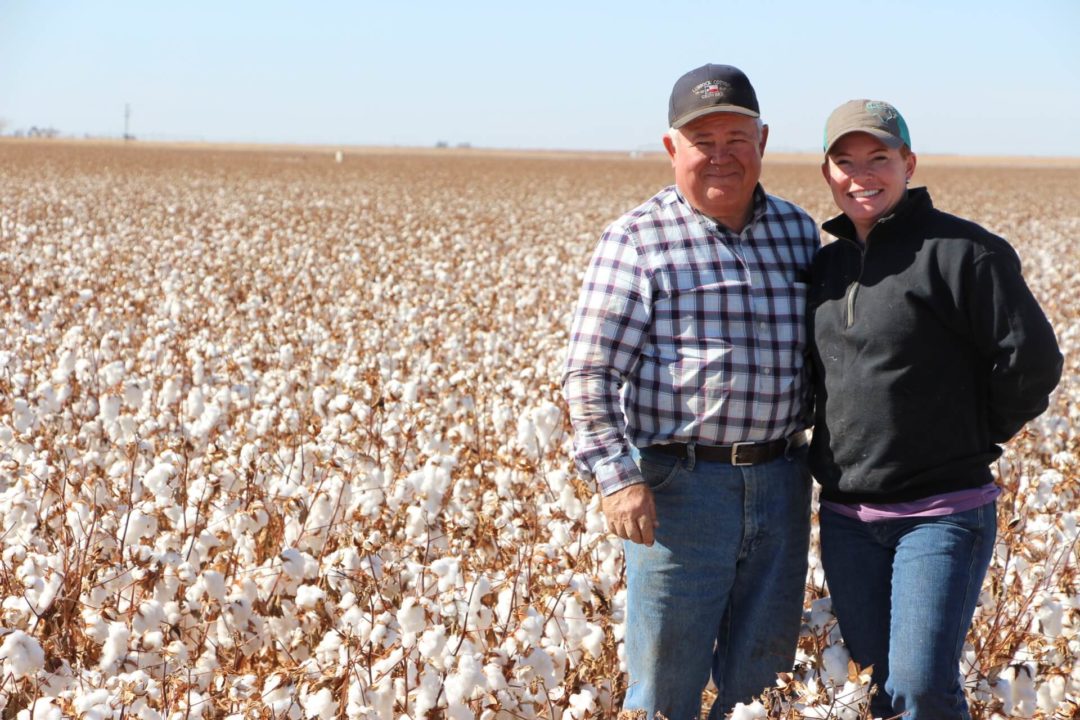Spotlight: Argentina
The Republic of Argentina has a very important and diversified food and agriculture system that extends throughout agro-ecological regions within the country. The diversity of environments is the determining factor in Argentina’s production profile and, at the same time, provides identity as a cotton- and food-producing country worldwide.
Its importance in the global cotton community is a given, as evidenced by Buenos Aires being chosen to host the 70th Plenary Meeting of the International Cotton Advisory Committee, which will be held from September 4-9, 2011.
In Argentina, cotton growing is concentrated in the northern provinces, predominantly in the state of Chaco, and covers an estimated 500,000 hectares. Acreage is expected to jump significantly next year, potentially as much as 40 percent. Planting begins in early October and continues through the end of the year. The harvest runs from mid-February through mid-July, depending on location.
Cotton lint production in 2009-10 will total about 200,000 tons, the majority of which will be used mainly to supply Argentina’s domestic textile industry. There likely will be enough cotton to export, reflecting the crop’s socioeconomic importance at a regional and domestic level.
There are about 19,000 cotton growers in Argentina, many of whom are smaller, family-based operations. When combined with medium and large producers, they help to increase employment in every link of the supply chain, which now provides between 450,000 and 500,000 jobs in ginneries, mills, and weaving and clothing factories. In total, the textile chain accounts for more than 10% of Argentina’s total industrial employment.
Innovation at Every Step
The ongoing demand for innovation in processes and products of the agro-industrial chain has the key support of technologies from both the public and private sectors.
At the beginning of the chain, the emphasis has been on improving cotton at the genetic level, which has led to cultivars with improved agronomical, sanitary and technological characteristics that are ideally suited to Argentina’s diverse environmental conditions.
Environmental sustainability is a critical component of innovation in Argentine production fields and has been a driving force behind the adoption of environmentally friendly technologies and processes. Integrated pest management is used extensively for several harmful species and continues to face new challenges, such as the one currently posed by the boll weevil.
Another example of technological innovation in the cotton industry is the use of narrow-furrow cultivation, which has helped to increase yields by as much as 50% in recent years. That innovation also extends to modern harvesting systems designed specifically for narrow-row harvesting, such as picker and stripper systems customized for shorter distances. A drag-type harvester also has been developed to meet the needs of small and medium-sized producers. The technologies are designed to enhance both crop yield and quality, thus enhancing the sector’s competitiveness in global markets.
Improving the quality of Argentina’s cotton to improve its competitive position worldwide is a challenge that requires comprehensive solutions. Therefore, the Argentine cotton industry is seeking to create a cotton lint quality certification system through the implementation of a program aimed at improving the overall production process.








